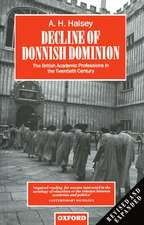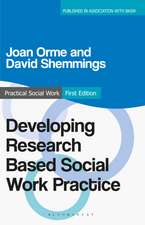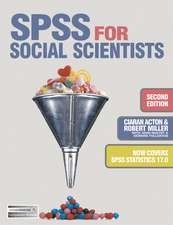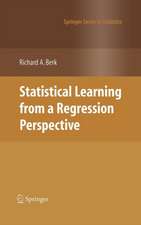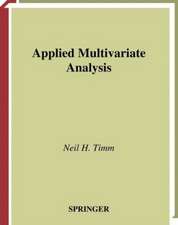Hazardous Child Labour in Latin America
Editat de G.K. Lietenen Limba Engleză Paperback – 30 sep 2014
| Toate formatele și edițiile | Preț | Express |
|---|---|---|
| Paperback (1) | 712.97 lei 6-8 săpt. | |
| SPRINGER NETHERLANDS – 30 sep 2014 | 712.97 lei 6-8 săpt. | |
| Hardback (1) | 719.95 lei 6-8 săpt. | |
| SPRINGER NETHERLANDS – 11 noi 2010 | 719.95 lei 6-8 săpt. |
Preț: 712.97 lei
Preț vechi: 750.50 lei
-5% Nou
Puncte Express: 1069
Preț estimativ în valută:
136.43€ • 142.80$ • 113.55£
136.43€ • 142.80$ • 113.55£
Carte tipărită la comandă
Livrare economică 31 martie-14 aprilie
Preluare comenzi: 021 569.72.76
Specificații
ISBN-13: 9789400789999
ISBN-10: 9400789998
Pagini: 244
Ilustrații: XIV, 230 p.
Dimensiuni: 155 x 235 x 13 mm
Greutate: 0.35 kg
Ediția:2011
Editura: SPRINGER NETHERLANDS
Colecția Springer
Locul publicării:Dordrecht, Netherlands
ISBN-10: 9400789998
Pagini: 244
Ilustrații: XIV, 230 p.
Dimensiuni: 155 x 235 x 13 mm
Greutate: 0.35 kg
Ediția:2011
Editura: SPRINGER NETHERLANDS
Colecția Springer
Locul publicării:Dordrecht, Netherlands
Public țintă
ResearchCuprins
Note.- Preface.- Contributors.- Chapter 1 - Introduction: The Worst Forms of Child Labour in Latin America - G.K. Lieten.- Chapter 2 - Child Labour in an Urban Setting: Markets and Waste Collection in Lima - Anna Ensing.- Chapter 3 - The Risks of Becoming a Street Child: Working Children on the Streets of Lima and Cusco - Talinay Strehl.- Chapter 4 - Child Miners in Cajamarca, Peru - Marten van den Berge.- Chapter 5 - Stone Quarries in Guatemala - Luisa Moreno Ruiz.- Chapter 6 - Ore Mining in Bolivia - Laura Baas.- Chapter 7 - Mining at High Altitudes in Peru - Anna Ensing.- Chapter 8 - Children in Traditional and Commercial Agriculture - Marten van den Berge.- Chapter 9 - Coffee in Guatemala - Luisa Moreno Ruiz.- Chapter 10 - Children on Bolivian Sugar Cane Plantations - Laura Baas.- Chapter 11 - Concluding Remarks and Recommendations - G.K. Lieten.- Resources.
Textul de pe ultima copertă
From children working on Bolivian sugar cane plantations to child miners in Peru, child labour lingers on in many parts of the world, including Latin America. There are various reasons as to why child labour continues to be such a tenuous social problem. There is disagreement on its causes and thus also disagreement on the solutions. There is even disagreement on the extent of the problem. In order to bridge this lack of information and to stimulate policy interventions, the IREWOC Foundation (International Research on Working Children) has undertaken action-based research in the field of the worst forms of child labour in Latin America. This book is based on the foundation’s research. It aims to document the living and working conditions of child labourers, to explore the true reasons why children are (still) working under harmful conditions, and to identify and analyse initiatives of governmental and non-governmental organisations to eliminate these worst forms of child labour. In the face of challenges imposed by achieving the Millennium Development Goals (MDGs) set by the UN, specific attention was paid to educational initiatives. Although the evidence from the various cases discussed in the book illustrates positive trends in terms of the worst forms of child labour, thousands of children were still found to be engaged in activities that form a direct threat to their health and jeopardize their education. This book proposes several practical recommendations for possible interventions. It offers a qualitative focus and concentrates on the community level.
Caracteristici
The first book to address this topic following extensive field research In addition to the statistics, the book offers a qualitative focus and concentrates on the community level It specifically aims to document the living and working conditions of child labourers

